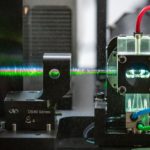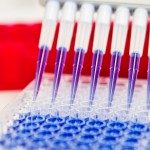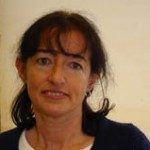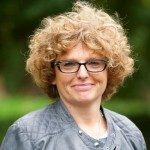Link to Pubmed [PMID] – 28518119
J Vis Exp 2017 May;(123)
Flow cytometry has been used for the past 40 years to define and analyze the phenotype of lymphoid and other hematopoietic cells. Initially restricted to the analysis of a few fluorochromes, currently there are dozens of different fluorescent dyes, and up to 14-18 different dyes can be combined at a time. However, several limitations still impair the analytical capabilities. Because of the multiplicity of fluorescent probes, data analysis has become increasingly complex due to the need of large, multi-parametric compensation matrices. Moreover, mutant mouse models carrying fluorescent proteins to detect and trace specific cell types in different tissues have become available, so the analysis (by flow cytometry) of auto-fluorescent cell suspensions obtained from solid organs is required. Spectral flow cytometry, which distinguishes the shapes of emission spectra along a wide range of continuous wavelengths, addresses some of these problems. The data is analyzed with an algorithm that replaces compensation matrices and treats auto-fluorescence as an independent parameter. Thus, spectral flow cytometry should be capable of discriminating fluorochromes with similar emission peaks and can provide a multi-parametric analysis without compensation requirements. This protocol describes the spectral flow cytometry analysis, allowing for a 21-parameter (19 fluorescent probes) characterization and the management of an auto-fluorescent signal, providing high resolution in minor population detection. The results presented here show that spectral flow cytometry presents advantages in the analysis of cell populations from tissues difficult to characterize in conventional flow cytometry, such as the heart and the intestine. Spectral flow cytometry thus demonstrates the multi-parametric analytical capacity of high-performing conventional flow cytometry without the requirement for compensation and enables auto-fluorescence management.




